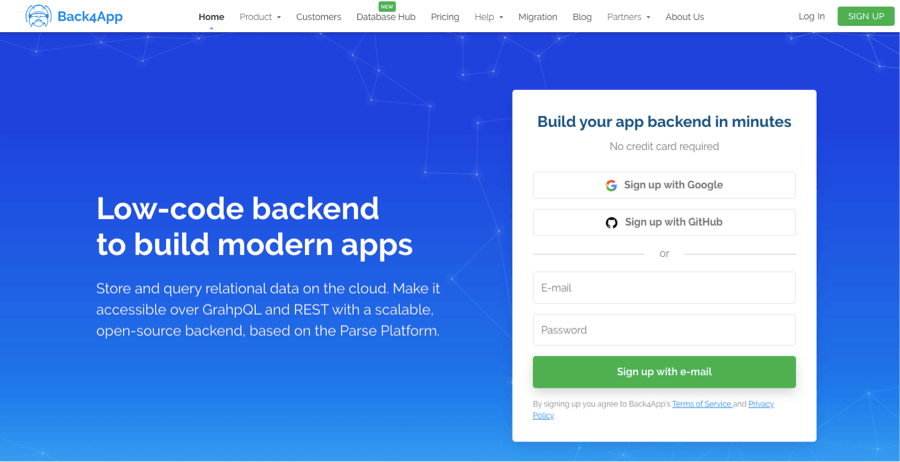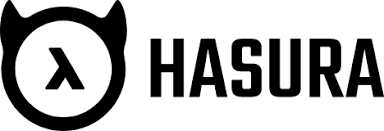GraphQL Backend
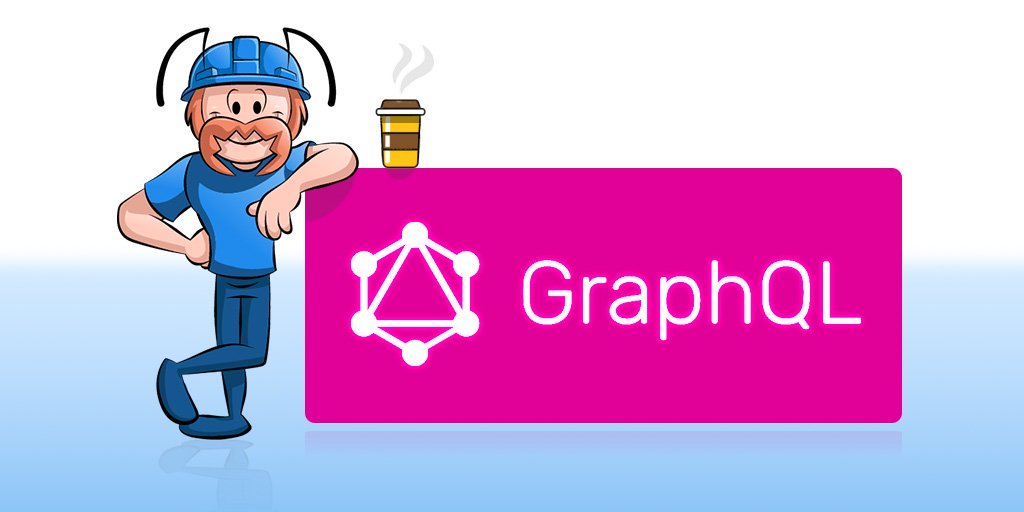
The task of creating a big-time mobile app is both cost-intensive and time-consuming. You will need financial resources, mental energy, and lots of time to transform an idea into a full-fledged mobile app.
This article will explore how you can speed up the development timeline of your app and also reduce your speed to market.
In this article, we shall explore the benefits of synergizing the power of GraphQL with a Backend as a Service platform. Without further ado, let’s delve into the tutorial.
Contents
- 1 Introducing GraphQL Backend
- 1.1 So, what is GraphQL?
- 1.2 Mutations, Queries, and Subscriptions
- 1.3 REST / GraphQL Differences
- 1.4 Why choose of GraphQL?
- 1.5 The Merits and Demerits of GraphQL
- 1.6 The benefits
- 1.7 The Demerits of GraphQL
- 1.8 Where does GraphQL come it?
- 1.9 Synergizing GraphQL with a BaaS
- 1.10 GraphQL BaaS backend providers
- 1.11 What is GraphQL?
- 1.12 What are Mutations, Queries, and Subscriptions?
- 1.13 What are the best GraphQL backend providers?
An Overview of GraphQL
GraphQL is not completely new to the reader of this article. But many are not aware of the power it presents and the enhancement it can bring into their application development projects. So, let’s get more acquainted with GraphQL.
The genesis of GraphQL can be traced back to Facebook. The social media giant uses this application to achieve the following:
- Streamlining and display posts that need to access an API
- Make a post should display the list of users that liked it
- Make user object display additional information such as a link to the profile, name and profile picture, and many more.
Well, these facts are apparent by accessing Facebook through the web browser. Unfortunately, the mobile app does not give us access to this information. All we see on the mobile platform is a list of likes and a link that leads to their profile.
How to streamline the data that the server sends.
Streamlining the data that the server sends provides a lot of benefits. Mobile apps will respond faster, and mobile users will also cut costs on data usage. The Facebook platform will be saving millions on data expenditure by reducing the amount of data transferred to its userbase.
One solution is to create an API for each data structure, make individual calls, and collate the data. But Facebook did not choose that route. Instead, the social media giant decided to create a new query language that solves the challenge. This new API is called GraphQL, it allows the developer to choose the required data for each and every query.
Introducing GraphQL Backend
It is essential to note that GraphQL is neither a database not a substitute for SQL. It is not a server-side tool and does not work exclusively with React.
So, what is GraphQL?
Let take a look at the definition from the GraphQL organization itself:
GraphQL is a query language for your API, and a server-side runtime for executing queries by using a type system you define for your data. GraphQL isn’t tied to any specific database or storage engine and is instead backed by your existing code and data.
Mutations, Queries, and Subscriptions
The Schema of GraphQL is not complicated; it comprises of three major types that support various sets of actions as follows:
- Mutation is used to create, edit, update and delete data.
- Clients use queries to request data from the backend.
- Subscriptions are used to build and manage real-time transactions with the server.
REST / GraphQL Differences
One of the easiest ways to describe GraphQL is to see it as standing in-between SOAP and REST. The list below enumerates the major differences between REST and GraphQL
| Description | GraphQL | REST |
| Endpoint | Single | Multiple |
| HTTP Semantics | Query, Mutation, Subscription | GET, POST, PUT, DELE |
| Error Codes | Single 200 status codes | Multiple status codes |
| Cacheable | No | Yes |
| Stateless | Yes | Yes |
| Overfetching | No | Yes |
| Underfetching | No | Yes |
Why choose of GraphQL?
The major selling points of GraphQL relates to finding viable solutions where REST failed to deliver satisfactory results. Some of these areas include:
- API versioning
- Over fetching and under fetching
- Slow performance on resource-intensive apps.
The Merits and Demerits of GraphQL
We have discussed the history of GraphQL and the problem Facebook designed it to solve. Now let’s discuss the benefits that GraphQL can bring to your app development project.
The benefits
- It leads to a significant reduction in data usage both on the client’s side, and on the server as well.
- It provides a faster response time, even with slow connections.
- Mobile apps will load faster.
- The increased simplicity increases the stability of the backend.
The Demerits of GraphQL
- There is a learning curve. If you already know REST, you still have to learn GraphQL.
- Implementing Caching is more difficult with GraphQL.
- All queries will always return status code 200
Where does GraphQL come it?
There are some scenarios where GraphQL is an excellent choice. Some of these instances include:
- Applications that need to process data fast.
- Programs that transfer a massive amount of data.
- Applications that must retrieve information from multiple databases.
- Where there is a need to collect data from different stacks.
- Where there is a need to integrate with third-party services.
- In a scenario where multiplatform deployment (web, mobile, and IoT)
Synergizing GraphQL with a BaaS
- You can derive the following benefits when you deploy GraphQL on a BaaS
- It allows you to focus your energy on developing your core products.
- No hassles with managing databases and running infrastructures.
- The total cost of development is reduced significantly.
The developer has lots to gain by combining the benefits of using GraphQL and the advantages of synergizing it with a backend as a service. This type of setup allows for the easy creation of schemes and deploying them automatically without bothering about infrastructure.
GraphQL BaaS backend providers
Below is a list of backend as a service provider that supports GraphQL. While some of them deliver managed GraphQL hosting, others will only provide a self-hosting option.
Back4App
Overview: This platform offers a user-friendly, flexible, and backend based on GraphQL and several other open-source technologies.
Production Ready: Yes
Cost: Optional free plan. Paid plans start at $5/month.
Hosting Options: Cloud hosting with Back4App (shared hosting and private instances) or AWS, Azure, Google Cloud
AWS Amplify
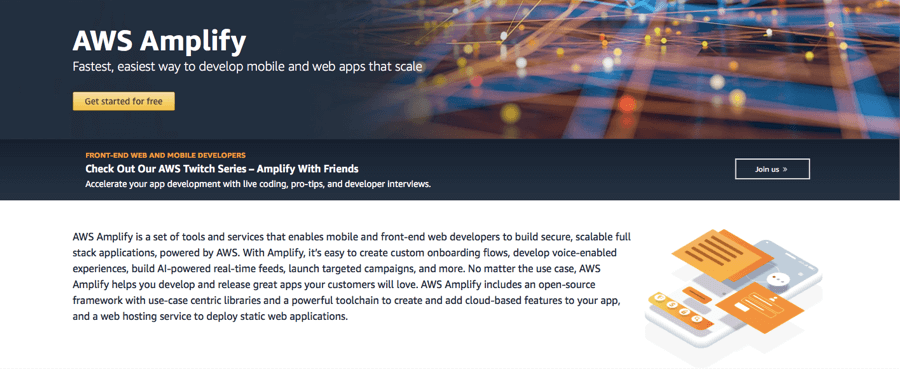
AWS Amplify
Overview: This platform is a declarative JavaScript library dedicated to application development using cloud services.
Production Ready: Yes.
Cost: Make payments through AWS. Available as a free download.
Database Options: Multiple
Hosting Options: AWS
Prisma
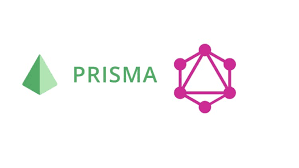
prisma
Overview: Prisma functions as a database abstraction layer that turns your databases into GraphQL APIs. It creates read, update, and delete procedures and realtime capacities.
Production Ready: Yes
Cost: They provide a free plan while paid plans start at $15/user.
Database Options: Multiple
Parse

Parse
Overview: Parse is an open-source Node.js framework
Production Ready: No.
Cost: Free download only. Parse does not provide support and does not have paid plans.
Database Options: SQL and NoSQL
Hosting Options: It can be deployed on virtually any open-source cloud platform. Standard options are AWS, Digital Ocean, and Azure.
Hasura
Overview: Instant Realtime GraphQL
Production Ready: Yes
Cost: Free plan available. Paid plans start at $99/month.
Database Options: Multiple
Hosting Options: It is integrated with Heroku. It could be deployed AWS, Azure, and Google Cloud.
What is GraphQL?
GraphQL is a query language for your API, and a server-side runtime for executing queries by using a type system you define for your data. GraphQL isn’t tied to any specific database or storage engine and is instead backed by your existing code and data.
What are Mutations, Queries, and Subscriptions?
– Mutation is used to create, edit, update and delete data.
– Clients use queries to request data from the backend.
– Subscriptions are used to build and manage real-time transactions with the server.
What are the best GraphQL backend providers?
– Back4app
– Hasura
– AWS Amplify
– Prisma
